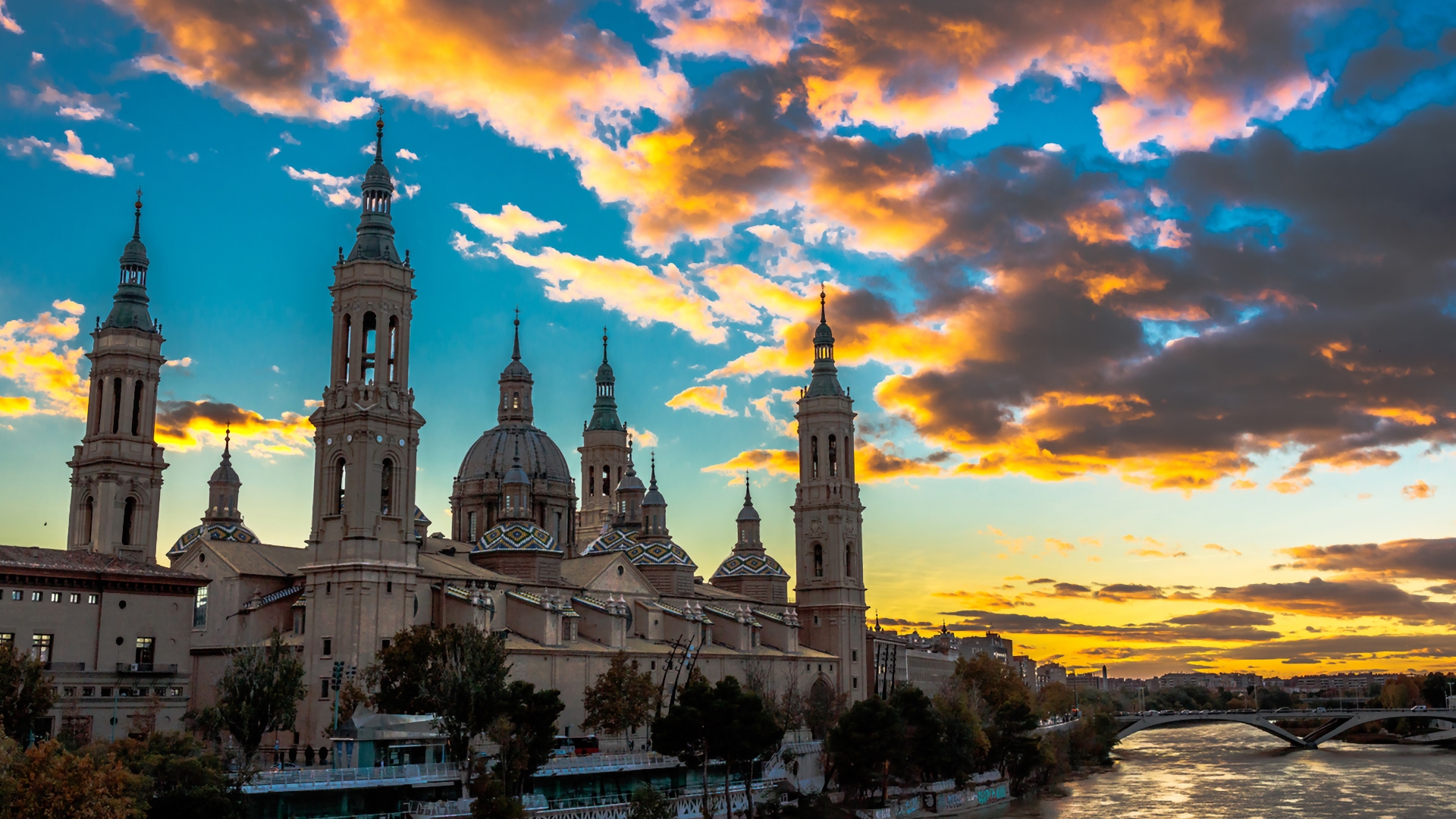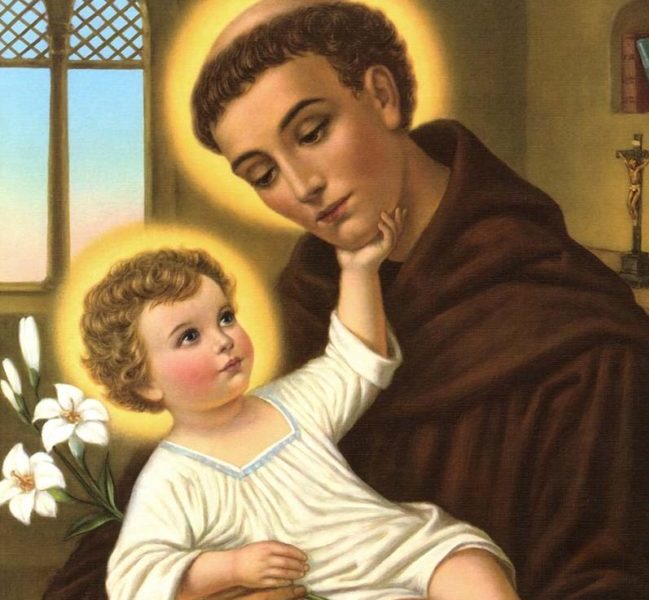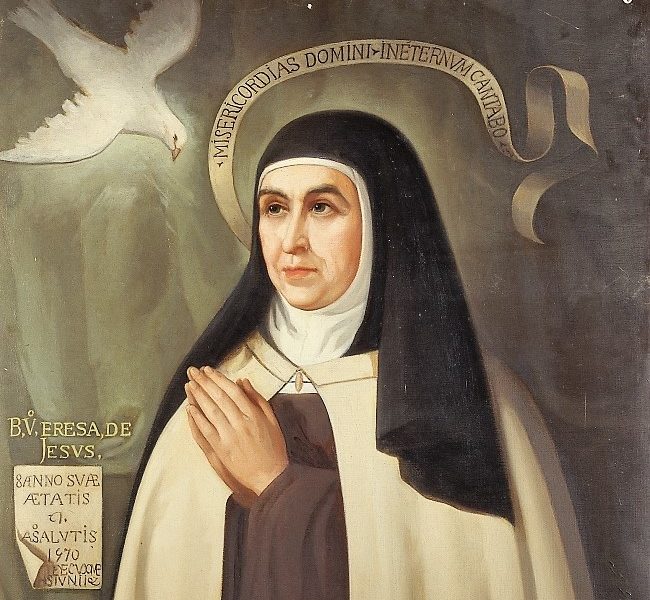Spain, Portugal & Lourdes
Pilgrimage Through the main Marian Sanctuaries
Starts: Lisbon | Ends: Madrid
The route
Lisbon, Santarem, Fatima, Virgin of Fátima and Sister Lucia, Santiago de Compostela: Over 1000 years of Pilgrims History, The Way of St James-Camino de Santiago, León & Burgos, The Basque Country & Lourdes, The Virgin of Lourdes & Sanctuary of Lourdes, Barcelona, Monastery of Montserrat, Zaragoza & Virgin of El Pilar, St Teresa of Jesus & Avila, Madrid
Other Marian Sanctuaries in Spain of great historical and spiritual importance that go back to the Middle Ages are Covadonga (Asturias) and Guadalupe (Caceres).
-
Destination
Day 1: Lisbon Arrival & Sightseeing - Mass at St. Antonio de Padua Church - Santarem & Fatima (D)
Arrive in Lisbon. Upon arrival in Lisbon, meet your tour director outside the customs hall. Board your coach for a panoramic perspective of Lisbon’s scenic streets always with the majestic Tajo River as a backdrop. After your tour, you will celebrate Mass at St. Anthony of Padua Church, who was born in this capital city. After you will enjoy some time for lunch before you will depart towards Fatima but first stopping in the small city of Santarem. In the church of Saint Esteban, known by all as the church of the miracles, is kept the Bleeding Host. More than 800 years have passed since the desecration of the Holy Form, and yet, fresh blood still flows from the side wound. Thousands pilgrimage to this humble church every year. Known as the Holy Miracle of Santarem, this venerated relic of the Bleeding Host has been on display here since 1269. You will, arrive at the end of this day to Fatima where you will enjoy dinner and spend your first two nights in Fatima.
Day 2: Fatima Mass at Capilla de Apariciones & Fatima and Aljustrel Visit (B, D)
After breakfast, you will celebrate mass at the Chapel of Apparitions with other pilgrims. After Mass, you will tour Fatima, where the Blessed Mother appeared in 1917 to three shepherd children (two of these children were Beatified in May 2000). See their houses in the village of Aljustrel, the parochial church of Fatima where they were baptized, and of course, the chapel erected on the site of the Virgin Mary’s appearances, and the basilica. It is not surprising that Fatima is one of the most visited Christian pilgrimage destinations of the world. Dinner at the hotel. Join other pilgrims gathering at the Shrine for a candlelight procession.
Day 3: Fatima - Coimbra – Sanctuary of Bon Jesus - Pontevedra - Santiago de Compostela (B, D)
After Mass and breakfast, depart Fatima for Santiago de Compostela, with a stop along the way in Coimbra to see the incorrupt body of St. Isabel and the Carmelite cloister where Sister Lucia still lives. After Coimbra, if there is an option you will be able to stop before leaving Portugal at the sanctuary of Good Jesus of the Mount is to be found. The stairs of this formidable baroque temple provide an insuperable example of Christian statuary, depicting the Stations of the Cross and the theological virtues. Departing Braga, we make a stop to visit Pontevedra, where Sister Lucia lived in a modest convent, and the Virgin Mary appeared to her, not far from the Renaissance church of St Mary Major. Arrive at the end of our day in Santiago Compostela for dinner and overnight.
Visit one of the oldest universities in Europe and stroll this beautiful city. Continue to Porto and learn the process of making fine “Port wines”. Dinner and overnight.
Day 4: Santiago de Compostela (B, D)
Breakfast. First thing in the morning, a local guide will meet you in the lobby of your hotel to take you on a tour of the city. You will be taken around the most emblematic sites before visiting the most impressive and important of all, the Cathedral, a masterpiece of Romanesque art, constructed around the sepulchre of the Apostle Santiago (James). No matter what time of the year you visit the city, you will encounter a multitude of pilgrims who have come, many on foot, to pay homage to his tomb. And so it has been for over a thousand years. Of all the pilgrimages of the Middle Ages, that of Santiago is the only one that continues to be largely undertaken on foot. And, while there are some who undertake the Way to Santiago for non-religious reasons, the majority do so as an expression of their deep devotion. They walk the same paths, contemplate the same countryside, and mouth the same orations in the same places, as did the first pilgrims over ten centuries ago. Today, the imposing granite presence of the Cathedral dominates the city, physically, socially and economically. In the evening, you can sit in a café terrace or stroll about the city´s streets, animated by a large student presence as Santiago is also home to one of Spain´s oldest universities. Overnight stay.
Mass can be celebrated in the cathedral of Santiago de Compostela.
Day 5: Santiago Compostela - Leon - Burgos (B, D)
After breakfast, enjoy a tour of Santiago de Compostela; one of the most famous pilgrimage sites in the world. The relics of St. James discovered early in the 9th century soon became the object of pilgrimage, and in the 11th-century devotion spread abroad until a journey to St. James’ shrine ranked equally with one to Rome or Jerusalem. Drawn by a common faith in the Catholic Church and the Christian community, we follow in the footsteps of these early pilgrims. Sightseeing includes the beautiful cathedral containing the tomb of the Apostle St. James. After Mass, you will depart Santiago following the oldest pilgrimage in Spain, the Camino de Santiago towards Leon and Burgos. There are numerous routes to arrive at Santiago and just as many for the return. You will be following one that leads down to the Castilian plains after taking you through forested mountains that were, for centuries, home to numerous bandits who plundered the devoted in their passing. Of course, today, the bandits are long gone. The first stop on the route recommended is at the lovely city of Astorga, the ancient capital of the Iberians, and over whose original foundation the Romans constructed their strategic city, Asturica Augusta, from which they controlled the gold mines of the northern peninsula, the richest in all the Roman Empire. An hour’s drive will bring you to Leon, the provincial capital and one of the cities most steeped in history on the Iberian Peninsula, where you will enjoy a walking tour of the city.
The most representative monument of the city and one of the jewels of the Spanish Gothic style is, undoubtedly, the Cathedral. This splendid structure is, according to experts, the most “French” of all cathedrals on the Iberian Peninsula, and competes with the cathedral of Chartres, for the spectacularity of its stained windows, which provide an ethereal lightness to the walls and transform the air celestial before visitor’s eyes. Afterwards, you will continue on to another of the great Castilian cities, Burgos. Upon arrival, you will check into the hotel selected. Overnight in Burgos.
The possibility to include this visit on this journey will be perfect to do between Santiago de Compostela and Lourdes.
Day 6: Burgos to Lourdes (B, D)
Breakfast. Today, you will leave behind the Castilian plains and begin entry into the green, mountainous countryside of Northern Spain. Once over the heights of Pancorbo, you will enter the Basque Country.
After the Spanish border, you will take the AutoRoute towards Toulouse, running parallel to the imposing Pyrenees Mountains. During the first hours of the afternoon, you should be in the city of Lourdes. As opposed to the Fatima Sanctuary that was constructed in a deserted enclave, Lourdes is a city replete with history, to the point that figures as important as Charlemagne are associate with its illustrious past. After you have checked into the hotel selected, we recommend, if such is being celebrated, your taking part in the evening procession of the candles. Overnight stay.
Day 7: Lourdes (B, D)
Breakfast. You will have the entire day to explore this pleasant French city, that has so touched the hearts of Christians from around the world. All began on February 11th, 1858, when a young Bernadette Soubirous, who was with friends collecting firewood, was visited by the Virgin Mary. This first apparition was followed by 17 more. On July 4th, 1866, Bernadette left Lourdes for Nevers, to join the convent of San Gildard. She died on April 16th, 1879 and her uncorrupted body has been conserved there ever since. The loveliness of the city, set in the heart of the Pyrenees, and the beauty of its streets and monuments, over which reigns the city castle, lend to Lourdes a special mystical aura that is to be found in few places in the world. There are many sites related to the young Bernadette: the mill, her family home, an abandoned prison where they lived in abject poverty, but above all else is the grotto of the apparitions where one can still feel the emotions of these sacred encounters. Overnight stay.
(*) Extension night for visiting Xavier, the birthplace of St Francis Xavier and The Virgin of El Pilar in Zaragoza and its sanctuary.
Day 8: Lourdes to Barcelona (B, D)
Breakfast. Today, you will drive along a lovely, serpentine highway that cuts through the Pyrenees Massif at the same pass that provided pilgrims from the rest of Europe access to the Way to Santiago de Compostela for over a thousand years. From the Pyrenees, you will drive towards the ancient kingdom of Aragón and soon you will arrive in Catalonia where you will continue on to Barcelona. Overnight stay.
Day 9: Barcelona-Montserrat - Zaragoza (B, D)
Breakfast. Departure towards Montserrat Monastery. After a short drive, you will arrive into Montserrat to visit one of the most important sacred sites on the Iberian Peninsula. Perched on this razor backed mountain is situated a Monastic Sanctuary that guards the most venerated religious image of Catalonia: the Moreneta, a black Virgin dating back to the 12th century. The Sisters of this enclave, numbering around 80, are renowned for their gift in teaching music, and the Escolania de Montserrat is considered one of the best children’s choirs in the world. It is possible to hear the gifted voices of the young choir members at midday.
After some time at leisure, you will drive through the plains of the Ebro River valley and extensive irrigated fields for almost four hours before you will arrive into Zaragoza at the end of the day. Once checked in to the hotel selected, you will have time to stroll about this lovely city. Here, the Virgin Mary (although still alive in Palestine) appeared for the first time to the apostle James (Santiago) who was relentless in his efforts to convert Spain and its people to Christianity. By direct desire of the Virgin, a basilica was built that has come to be one of the most important cult sites of Catholicism. According to tradition, the Virgin brought a marble pillar and instructed James to construct a temple in her honour around it. Thus was constructed the first Christian temple of worship. The Virgin of the Pillar (Virgin del Pilar) has had a profound influence on the subsequent religious life of Spain, not the least of which has been the derivation of one of the country’s most popular women’s names, Pilar. We will have time to visit the city's basilica were over two thousand years ago, and by direct wishes of the Virgin Mary, a temple was erected in her name. It is the most ancient site dedicated to the Virgin Mary in the world, and it is said that she was brought in mortal flesh to the site in order to give support to the apostle Saint James in his preaching Overnight stay in Zaragoza.
Day 10: Zaragoza to Madrid (B, D)
Breakfast. We will depart towards Madrid and before we will arrive in Madrid we will drive straight to visit the Valley of the Fallen monastery, where we will celebrate mass. We will continue to Madrid where we will arrive in the first hour in the afternoon to our hotel. Overnight stay in Madrid.
Day 11: Excursion to Avila
This morning you will depart across Castilian lands to Avila. We will stop at first at the Incarnation Monastery, the place where Saint Theresa of Jesus started the foundation of the Carmelite order and where she lived most of her life. We will continue with a stop at the oldest Cathedral for a short visit and the Church of Sain Vicent, one of the jewels of the Romanesque style, and enjoy some time at leisure for lunch, before return to Madrid. Rest of the day at leisure. Overnight stay.









